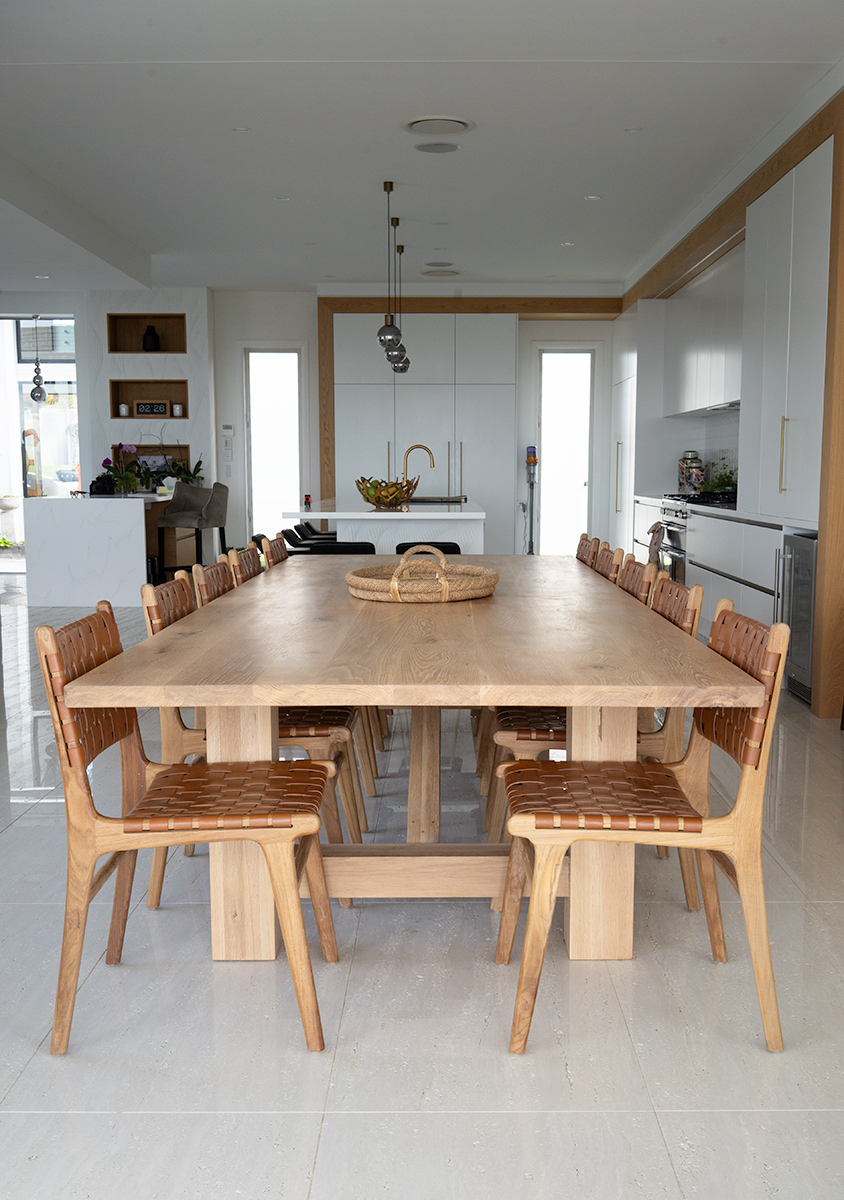Stories
Soothing Spaces: 5 Crucial Links Between Interior Aesthetics & Comfort
You may be asking yourself, what is a soothing space? Why should I care about it? What will it do for me? How can I create one? There are plenty of questions that are bound to arise when considering this personal concept, which is why this article is going to delve into the nuances of a soothing space and how their comfort can be created from the combined efforts of interior aesthetics.
Living spaces should be more than a place to take shelter from the outside world; they are an extension of our personalities and a manifestation of our desires for peace. The five crucial links between interior aesthetics and comfort listed in this article will help you discover how to create a soothing space in your home.
1. Colour Psychology: Setting the Mood
While you may not recognise the subconscious effect this aspect of aesthetics has on your moods, some studies greatly support the psychology of colour. Depending on what hue you paint your living space, your emotions can be altered as soon as you enter the room. That’s why it’s so vital to choose colours that evoke calmness and serenity when creating a soothing space.
The best choice to create a comfortable and relaxed atmosphere is using soft blues and greens for your interior aesthetics. Tranquillity is the main emotion evoked by these colours, which can be achieved by including cushions or throws with these hues in a chosen space. These colours can be supported by neutral tones like beige or grey, which create a foundation to build further colour versatility from without compromising the soothing atmosphere.
If you are someone who likes to add accent colours to show off your personality, your interior aesthetics can still maintain a comfortable environment when these hues are added strategically.
2. Furniture Arrangement: Flow and Functionality
Even the way you position your furniture can alter the environment of a room. Comfort is often stimulated by a well-thought-out layout, especially when it balances aesthetic appeal with functionality. Always consider the flow of movement within a room, as having a space with sufficient room for movement can prevent a sense of claustrophobia and provide a delightful sensation of freedom.
To help enhance the feeling of comfort within your home, try investing in furniture that is not just aesthetically pleasing, but is also suitable to spend prolonged time in. Uncomfortable furniture can make a space seem hostile to even the home’s tenant, so try plush sofas, ergonomic chairs, or cosy cushions. Practical comfort can also be created by incorporating multifunctional pieces, such as storage ottomans or nesting tables. Every element in such a soothing space not just comforts the occupant, but also serves a purpose.
3. Natural Elements: Bringing the Outdoors In
Good interior design can improve our health in many ways, but the inclusion of nature into interior aesthetics can positively bolster these effects. Soothing spaces are often acknowledged to be those with aspects of natural elements, such as large windows that allow an abundance of natural light to enter a room. This not only brightens the space but uplifts occupants’ moods as they are reminded of the best aspects of the great outdoors in the comfort of their own homes.
Including indoor plants within a room helps to add a pop of greenery and improves the overall air quality. Air conditioners can aid in this effort to cleanse a room’s air, offering filtering functions that can also remove the pollen from the air if required for the more sensitive noses. If you need an extra hand in restoring your air conditioner’s functions to optimal services, try scheduling a visit from the professionals at Alliance Climate Control to bring on the fresh air.
4. Texture and Layers: Tactile Comfort
The texture of your interior aesthetics is just as vital as their appearance to create a sense of comfort. It is often overlooked in interior design, but a sensory-rich environment can draw occupants in and encourage them to enjoy the soothing environment of their space. Varied textures help boost this interest, such as plush velvet or the heavy weight of knitted throws. Even the coldest, most sterile room can’t help but be transformed into a cosy haven with these additions.
You can further encourage tactile comfort by layering textures through rugs, cushions, and throws. Not only does this add to the aesthetic appeal, it also creates a dynamic interplay that engages the senses. Continue this mixing of textures with the materials of your furniture, combining smooth metals with rough-hewn wood to invite people in.
5. Personalisation: Infusing Identity into Design
While carefully chosen themes and aesthetics can create a sense of comfort, nothing relaxes guests quite like a space that’s lived in. Personalising your interior aesthetics goes beyond mere decoration; it is about integrating a room with objects of sentimental value and prompting positive memories. This can be through old artworks from family, travel souvenirs, or photographic evidence of your life.
These personal touches add an undeniable and greatly welcomed layer of warmth and familiarity to the space. When a space holds such positive emotions and memories, those entering the space can sense it and feel comfortable settling in. The emotionally satisfying environment is one that everyone will be happy to spend time in.
Creating Your Aesthetics & Comfort
Even as the world of interior design continues to evolve and create new ideas, the links between interior aesthetics and comfort remain timelessly strong. They are a guiding principle for those who want to create soothing spaces, especially when following the elements outlined in this article. Only you can create a space you find to be soothing and cosy, so don’t hesitate to get started on your design journey!


